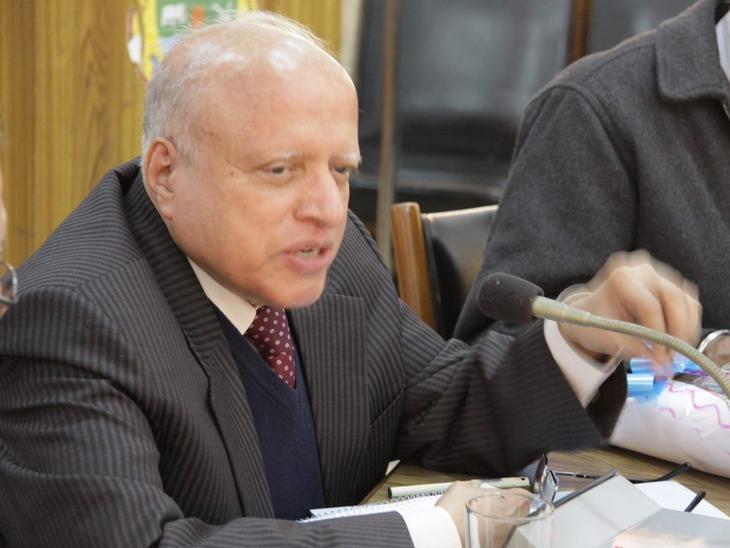
Farmers' Rights in the Keystone Dialogues
The Keystone Dialoges from 1988 until 1991 were instrumental in framing the issue of Farmers' Rights and providing a basis for the recognition of these rights by the FAO Conference.
In the controversies on control over genetic resources in the 1980s, there were deep conflict lines between the parties. That is why William Brown, then chair of the US National Board for Plant Genetic Resources, initiated a contact with the Keystone Center in Colorado, with the request of holding a dialogue on plant genetic resources among international stakeholders (Cary Fowler (1994): Unnatural Selection. Technology, Politics and Plant Evolution, Yverdon, Switzerland: Gordon and Breach, 1994, p. 197). The Keystone Approach was to invite stakeholders as individuals, to reduce conflict level and seek dialogue, to keep the discussions off the record, and to produce a report on the basis of consensus only. The Keystone Dialogues took place in 1988, 1990 and 1991, in Keystone, in Madras (now Chennai) and in Oslo respectively, and were chaired by the distinguished Prof. M.S. Swaminathan, who also led an Interim Steering Committee that gave direction to the dialogues. Facilitators were the staff of the Keystone Center.
The Center gathered altogether 92 stakeholders from 30 countries at its three sessions and was important in framing the international discussions on such issues as Farmers’ Rights, common heritage of mankind, international funding and to some extent intellectual property rights. The 1990 Session in Madras provided the most expressive account of the participants' recommendations regarding Farmers' Rights, and was based on the 1988 dialogue in Keystone (Keystone Center: Madras Plenary Session. Final Consensus Report of the Keystone International Dialogue Series on Plant Genetic Resources, Second Plenary Session, 29 January - 2 February, 1990, Madras, India, pp. 25-26):
"We propose that the best way of recognizing Farmers' Rights would be a mandatory fund, such as the fund currently existing at FAO, which supports genetic conservation and utilization programs particularly, but not exclusively, in the Third World. The logic is that such a fund would benefit farmers and farm communities in general, and would compensate them for their past and present contributions. We are not talking about designing a system to reward or compensate individual farmers, farm communities, Third World countries or governments. We do not propose to design a system which compensates anyone or anything based strictly on their contributions of germplasm.
We speak of 'compensation' because it implies a relationship with obligation. We agree on the concept of Farmers' Rights and we agree that contributions to a fund in recognition of these rights should not be voluntary. Practically speaking, a voluntary fund is a fund without resources. Thus, there should be a compulsory funding mechanism. This would insure that Farmers' Rights are recognized in a real way and should insure the fund has substantial resources. All of us agree that current conservation and utilization efforts are underfunded.
The concept of 'Farmers' Rights' includes recognition of the fact that farmers have developed and continue to help develop genetic diversity. In many cases, farmers engage in conscious and creative practices as they 'select' and 'breed' their crops."
These ideas found support when the agreed interpretations of the International Undertaking were to be formulated, which were adopted in 1989 and in 1991.
Source: Keystone Center (1991): Oslo Plenary Session. Final Consensus Report: Global Initiative for the Security and Sustainable Use of Plant Genetic Resources. Third Plenary Session, 31 May-4 June 1991, Oslo, Norway (Keystone, Colorado: Keystone Center). Find report here. (PDF, 7MB)